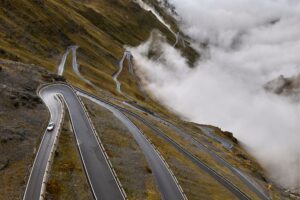It would be a mistake to assume that EUROCHARGE 2024, last year’s test drive that saw us take 8 electric cars from Bucharest to Lisbon and back, was the tip of the iceberg as far as our ability to churn out ideas goes. No, I’m not looking to steal the event’s thunder, but rather looking to prepare you for this year and the years to come. We’re not lacking medium-term plans, believe that.
On that note, I’ll keep the introduction short. After all, since you came here, it’s obvious that you’re interested in electric cars, even a little bit, whether you’re planning to buy one or you own one but you’re still getting that range anxiety and you’re just starting to come to your senses. Or maybe you’re just looking for reliable information.
Before we cut the umbilical cord, let’s get one thing straight: what you’re about to read doesn’t want to persuade you, in any way, that EVs are the Adam and Eve of the car industry, just like they’re not a rotten apple waiting to be discarded inside history’s garbage bin. I don’t know about you, but I’m not a fan of extremes. Call it a professional flaw.
And since we’re here, let’s look at the bigger picture for a bit. And by that I mean electric car sales in Europe.
By the end of July 2025 (August data had not been processed at the time of writing), 1.37 million electric cars were registered in Europe. That’s a 26% hike compared to the same interval in 2024.
Germany, France, Belgium, the Netherlands, Belgium, the Netherlands and Denmark are the best-performing European countries as far as electric car sales are concerned.
Laboratory versus real life
Now that we’ve had a look at the electric car scene in 2025, let’s discuss the reason we’re here.
EUROCHARGE 2025 by Schaeffler has been designed by us, the AUTOCRITICA team, to look like this: 21 people, 12 days, over 6,000 kilometers, eight of the newest electric cars launched in the past 12 months and the Alps. And by Alps we mean some of the spectacular roads carved by the Swiss, the Italians and the Austrians through Europe’s central mountain range.
EUROCHARGE 2025 will also generate data through what we call “reports”. That’s where the metaphors end, as they make room for numbers and hard data collected in real life scenarios over 6,000 kilometers: charging times, charging costs, range, details on the charging infrastructure and, of course, driving impressions for the eight electric cars.
Why are we doing this? That’s a good question. First of all, we want to see exactly what electric cars can do today, in 2025. Looking at laboratory-generated results is one thing, getting real-life numbers is a whole different story. How much can you travel on the highway, how well (or not) can a battery perform on mountain roads or what’s the real range if you decide to avoid the highway altogether. We’ll be testing the eight EVs on every type of road (not so much around the city) because in the end, anyone looking to buy an electric car should know what’s what in real life, beyond lab tests and theoretical WLTP standards.
Secondly, we’re also looking at the infrastructure. Some say they won’t buy an electric car because charging infrastructure is feeble. Well, we’ll be looking to bust that myth during EUROCHARGE. After all, how would you take an electric car through the mountains of Switzerland, Austria and Italy without charging it?
What’s more, throughout the 12 days of EUROCHARGE, the collected data will be accompanied by lots of images (pictures, videos or both). Expect quite a few visual treats, since we’ll be getting up close and personal with a handful of famous mountain passes: Stelvio, Grossglockner, Furka.
That said, it’s time to meet the main characters: the electric cars joining us on this journey.
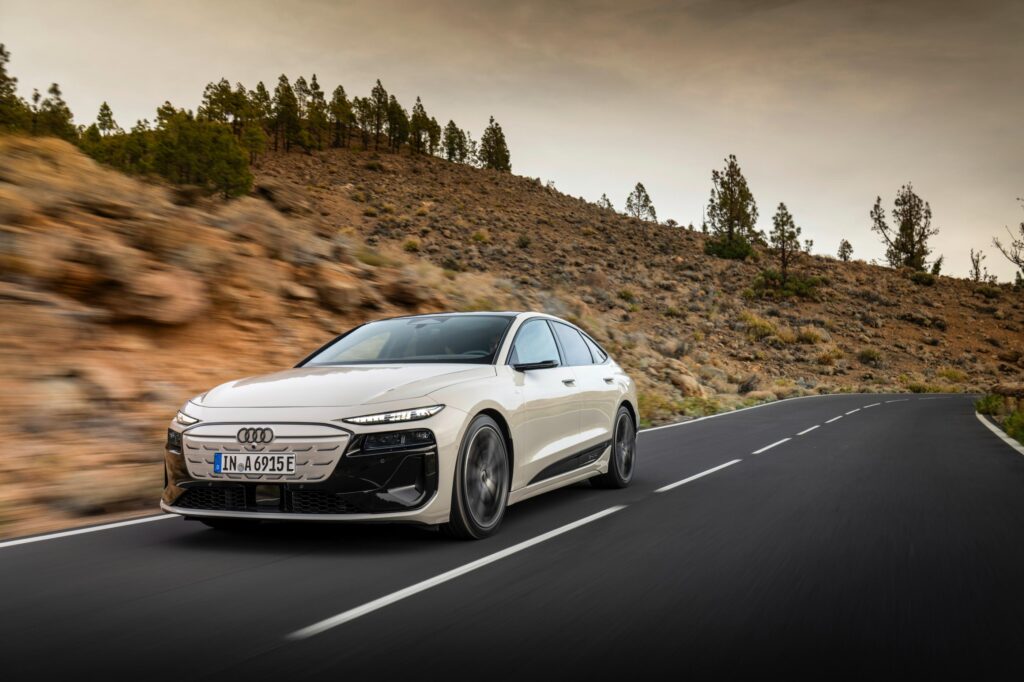
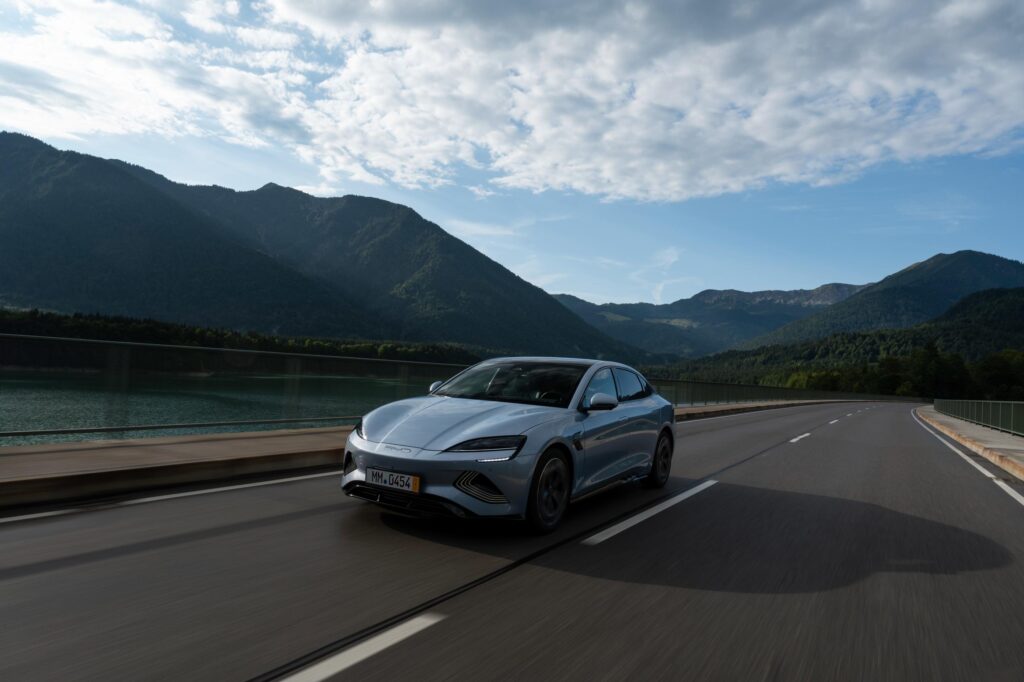

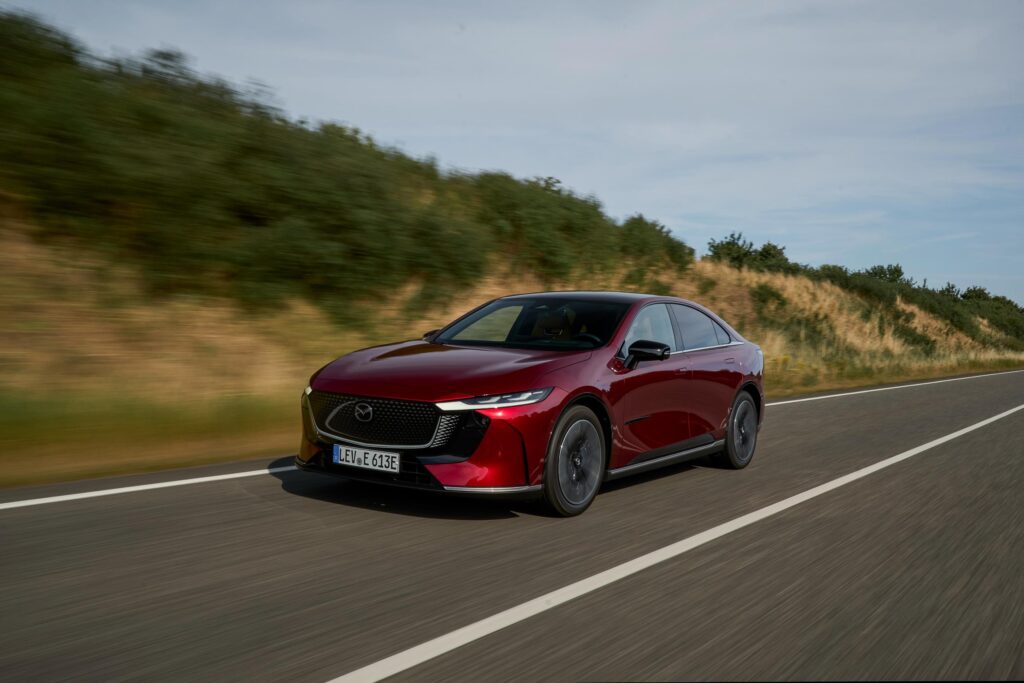
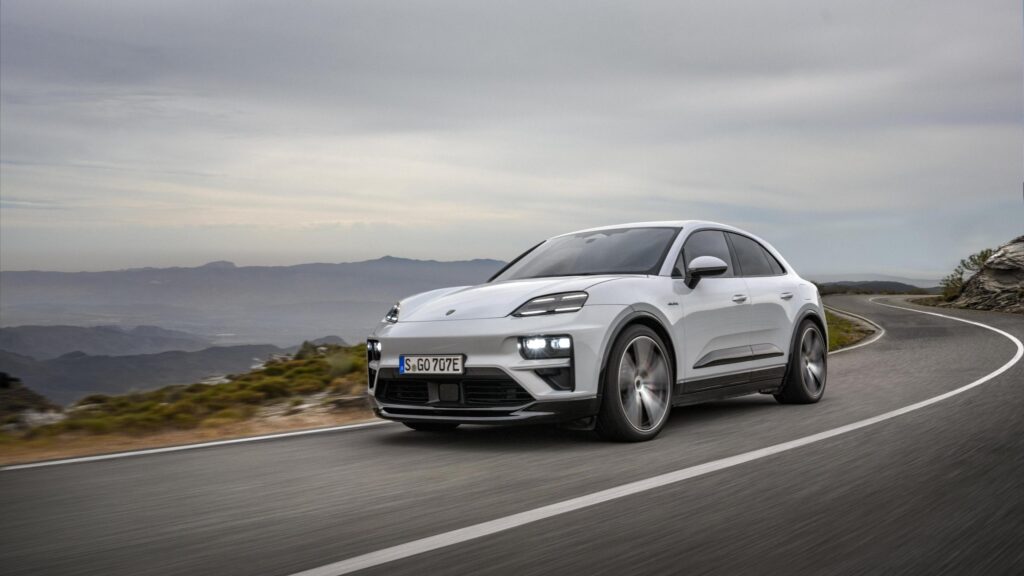
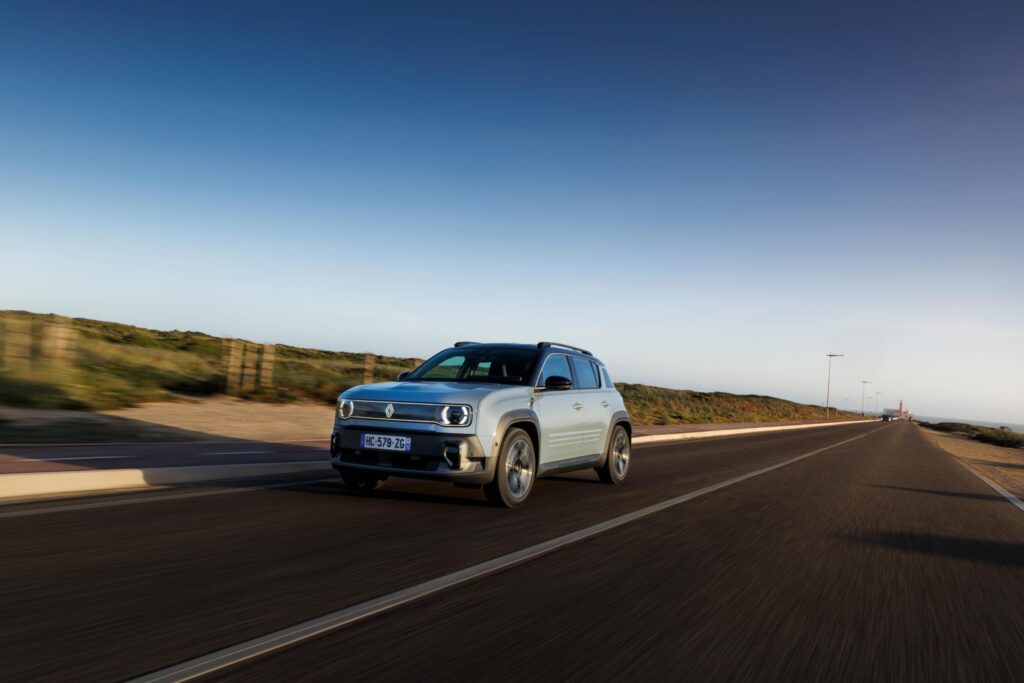
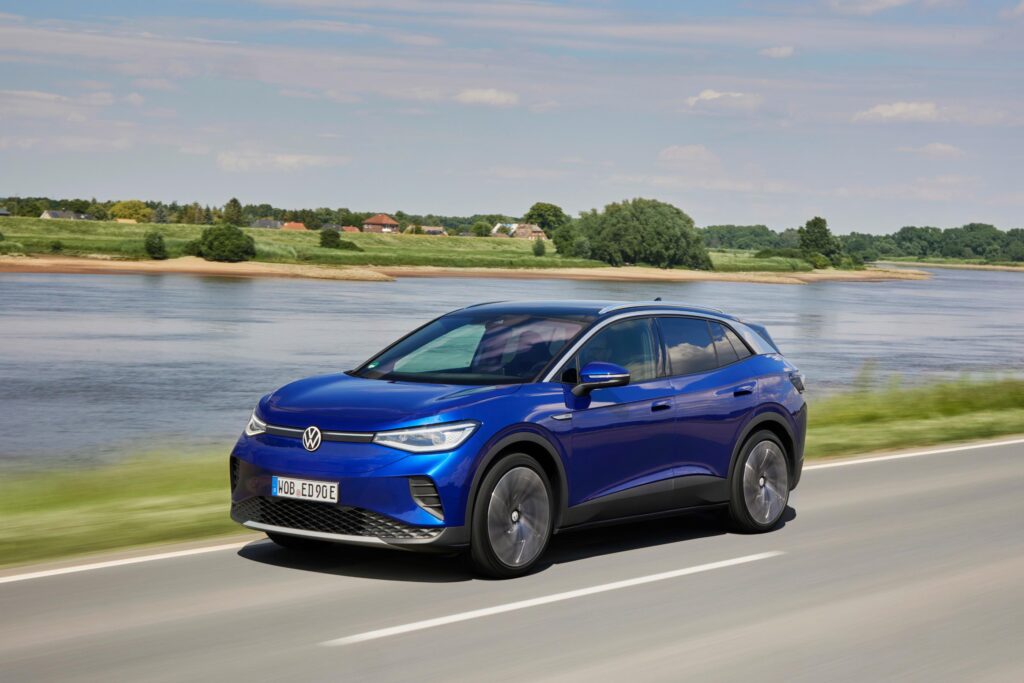
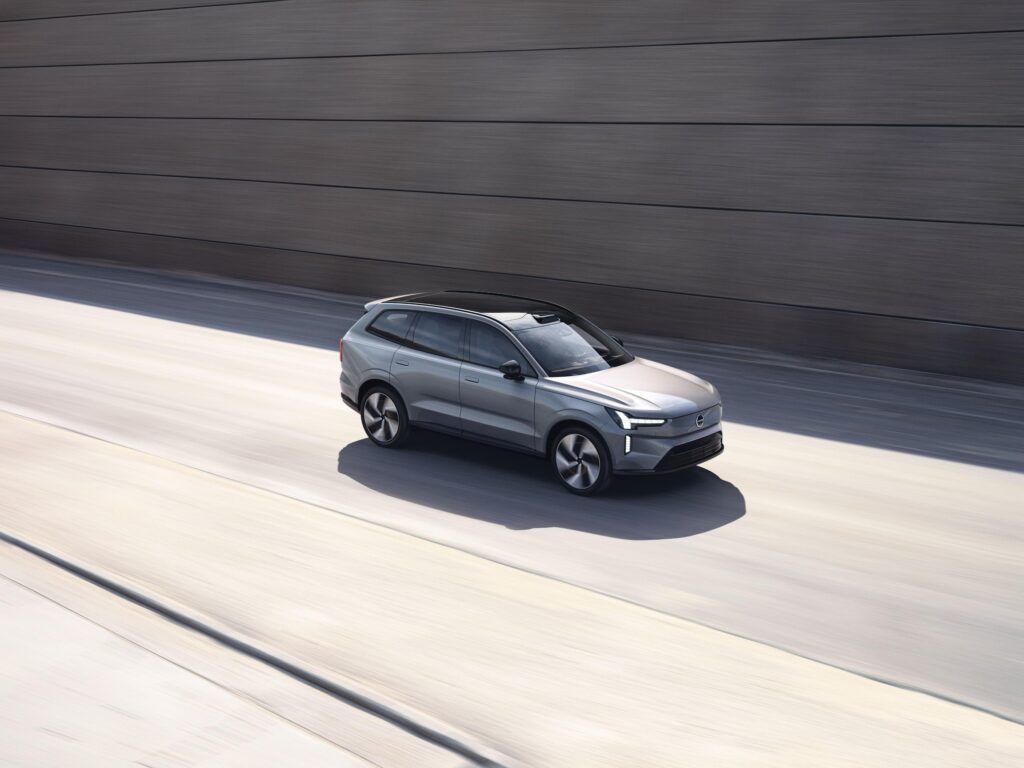
In addition to the eight EVs, a Safety Car and an Assistance Car will be joining us on the trip. In this case, two plug-in hybrids. A Volvo XC60 T8 acts as mobile home and studio for our team of photographers and videographers while a Renault Rafale Hyper Hybrid E-Tech is assigned to our colleagues from the logistics team.
The partners
Viewed from the outside, this tour, test drive or mobile laboratory might look like an easy task: go from point A to point B, charge whenever necessary and that’s about it. You see, behind these apparently basic actions are not only months of work and preparation, but also lots of puzzle pieces that have to come together seamlessly, for a genuine picture. The picture of real life.
Did you know that each of the eight cars might need road assistance? You never know when you might get a flat tire. Or that each car needs to comply with road taxes and fares? Not to mention accommodation and charging needs for the planned routes and their backup. You never know when will the next snowfall hit your carefully-chosen route. Therefore, all these puzzle pieces need glue, something that holds them together. This is where our partners step in.
You might have noticed the “by Schaeffler” in EUROCHARGE 2025 by Schaeffler. So, who’s Schaeffler?
Last year, Schaeffler merged with Vitesco Technologies and became the world’s largest hardware and software manufacturer supplying the electric car segment, with yearly revenues of around 25 million euro.

Besides its manufacturing capacity, Schaeffler is also providing the industry with product design and planning, technical calculation, technical analysis, CAM solutions (including CAD – Computer Aided Design), CAE (Computer Aided Engineering) as well as prototype development and testing. The cars we’re driving are all fitted, to some extent, with components or solutions developed by Schaeffler Group.
Let’s circle back to the charging infrastructure. For the most part, our charging needs will be cared for by the OMV eMotion app. On top of that, we’re also relying on e-roaming partners, as well as OMV E-Mobility cards usable throughout the ROUTEX network.
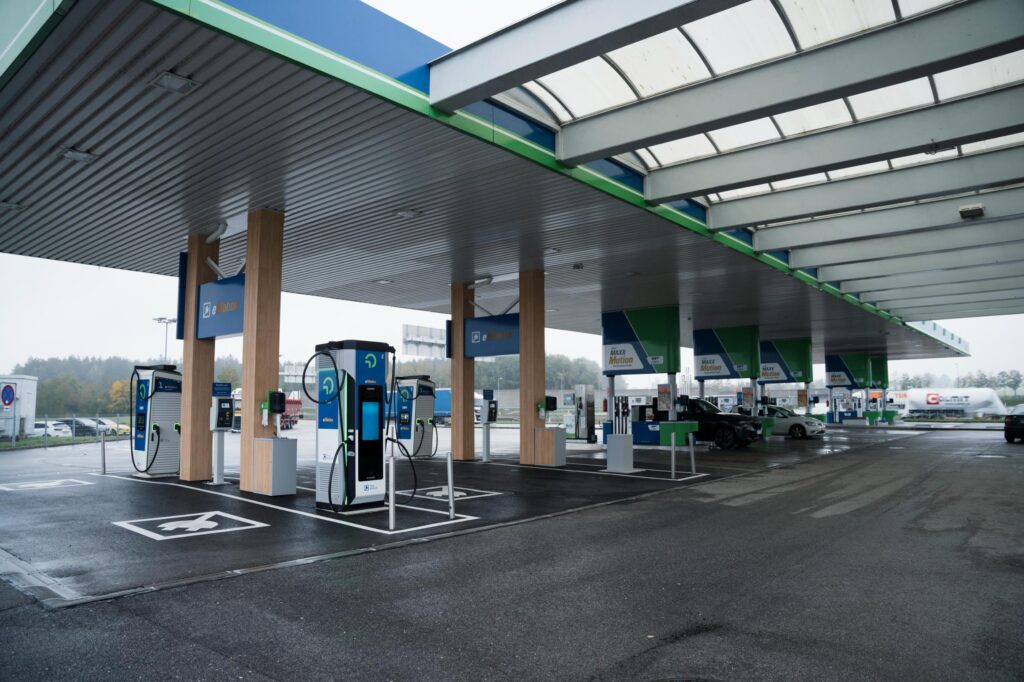
And since we’re driving actual cars that you can buy, we also joined forces with BT Leasing, a part of Romania’s Banca Transilvania which offers financial leasing services for the local market. They recently partnered up with Mastercard and McLaren F1 for a special edition credit card.

Michelin needs little introduction. The French tire maker has been around for more than one century and in recent years, the company has been developing low rolling resistance tires meant to increase range and energy consumption, as this works for EVs, ICEs, HEVs and PHEVs alike. Since EUROCHARGE 2025 is heading for the Alps, our cars will be fitted with CrossClimate 3, the latest all-season tire developed by Michelin.

With the introductions done, we’re setting sail on September 15. In the meantime, make sure we keep in touch on Facebook and Instagram. We’d love to hear from you along our journey.




